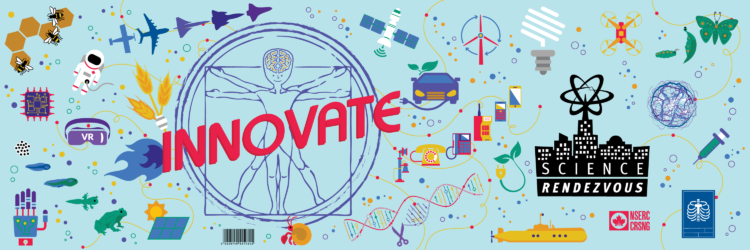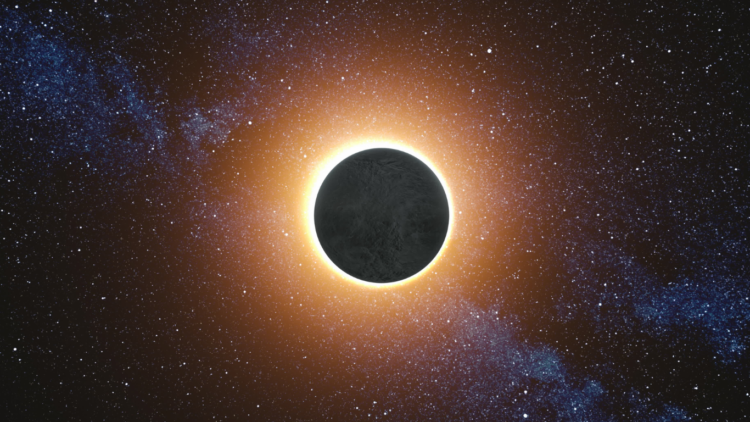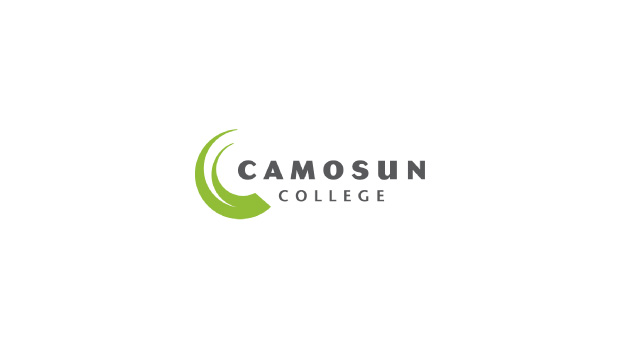Mark your calendars because something incredible is happening in the sky on April 8, 2024! The moon will pass right in front of the sun, turning day into twilight across North America in a total solar eclipse. Learn more about solar eclipses and how to observe them safely!
What is a solar eclipse?
A solar eclipse occurs when the Moon passes between the Sun and Earth, blocking out the light from the Sun. In a total solar eclipse, the Moon entirely covers the face of the Sun, causing the daytime sky to turn dark.
When can I observe a total solar eclipse in Canada?
On April 8, 2024, a total solar eclipse will cross North America, passing over Canada, United States, and Mexico. In Canada, the eclipse will be visible in certain areas of Southern Ontario, Southern Quebec, Central New Brunswick, Western Prince Edward Island, the northern tip of Cape Breton Island in Nova Scotia, and Central Newfoundland. The eclipse will end on the eastern Atlantic coast of Newfoundland.
The rest of Canada will see a partial solar eclipse, except for the western part of Yukon and the western tip of the Northwest Territories.
Is it safe to look at the Sun during the eclipse?
You can safely view the eclipse while wearing certified solar eclipse glasses or by projecting the Sun using a pinhole projector or box projector. You can make these on your own or order them online! Here are some important safety considerations:
Rule #1 – Never look at the Sun with your naked eyes!
During the solar eclipse, only look directly at the Sun if you are wearing certified solar eclipse glasses that meet the ISO 12312-2:2015 safety standard. Looking directly at the Sun with the naked eye or through any device or filter other than ISO 12312-2:2015 certified eclipse glasses may cause permanent damage and even blindness.
Rule #2 – Sunglasses are not the same as eclipse glasses!
Eclipse glasses are not the same as regular sunglasses. No matter how dark your sunglasses are, they are not safe for viewing the Sun. Make sure you get certified eclipse glasses from a verified, reputable source.
Rule #3 – Do not look at the Sun through unfiltered optical devices during the eclipse (even if you are wearing eclipse glasses)!
Even if you are wearing eclipse glasses, you should not look at the Sun through a camera lens, telescope, binoculars, or any other optical device. Eclipse glasses are designed to filter out harmful solar radiation and protect your eyes. Optical devices can concentrate the sun’s rays, burning through the filter of your eclipse glasses and causing serious eye injury.
Rule #4 – Seek expert advice if you are using a solar filter with an optical device!
If you want to view the eclipse using an optical device, like a telescope, you should attach an appropriate solar filter to the front of the device. You should seek expert advice from an astronomer before using a filtered optical device.
Rule #5 – Practice sun safety!
If you are watching an entire eclipse, you may be in direct sunlight for a prolonged period of time. Remember to wear sunscreen and protective clothing and headwear to prevent skin damage.

































